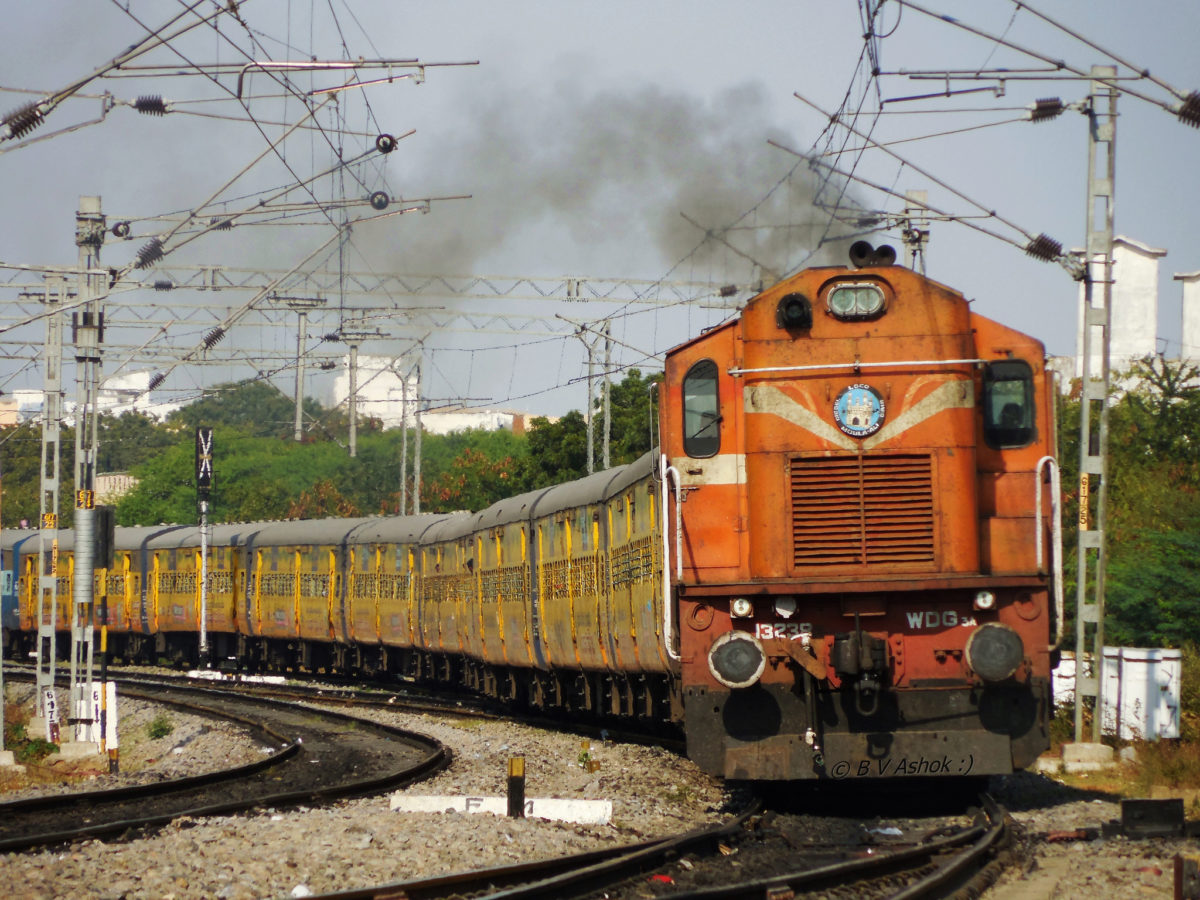Indian Railways—the nation’s largest electricity consumer, with 2.4% of total consumption, and the third largest high-speed diesel user, with 2.6 billion liters consumed annually—has solarised more than 960 stations till date as it aims to become a net-zero carbon emitter before 2030. Orders have been placed for 198 MW solar rooftop capacity for 550 stations, which is under execution.
Notably, Indian Railways plans to install 500 MW of rooftop solar generation capacity by 2021-22.
Some of the Stations solarised are Varanasi, New Delhi, Old Delhi, Jaipur, Secunderabad, Kolkata, Guwahati, Hyderabad, and Howrah.
‘20 GW by 2030’ on land
Indian Railways plans to install an aggregate 20 GW solar capacity over its vacant land as it aims to meet all of its energy needs of more than 33 billion units by 2030 through solar power. The current annual requirement is about 20 billion units.
“About 51,000-hectare vacant land is available with Indian Railways, and it is now ready to extend all support to the developers for installing solar power plants on Railway’s vacant un-encroached land”—read a statement by the Railways ministry.
It may be noted that Railways is also set to achieve 100% electrification by the year 2023 and is committed to utilize solar energy for meeting its traction power requirement.
To begin with, 3 GW solar projects on vacant plots along the railway tracks have already been tendered by Railway Energy Management Company Ltd (REMCL), a joint venture created by Indian Railways and engineering consultancy Rites Ltd.
This content is protected by copyright and may not be reused. If you want to cooperate with us and would like to reuse some of our content, please contact: editors@pv-magazine.com.









By submitting this form you agree to pv magazine using your data for the purposes of publishing your comment.
Your personal data will only be disclosed or otherwise transmitted to third parties for the purposes of spam filtering or if this is necessary for technical maintenance of the website. Any other transfer to third parties will not take place unless this is justified on the basis of applicable data protection regulations or if pv magazine is legally obliged to do so.
You may revoke this consent at any time with effect for the future, in which case your personal data will be deleted immediately. Otherwise, your data will be deleted if pv magazine has processed your request or the purpose of data storage is fulfilled.
Further information on data privacy can be found in our Data Protection Policy.